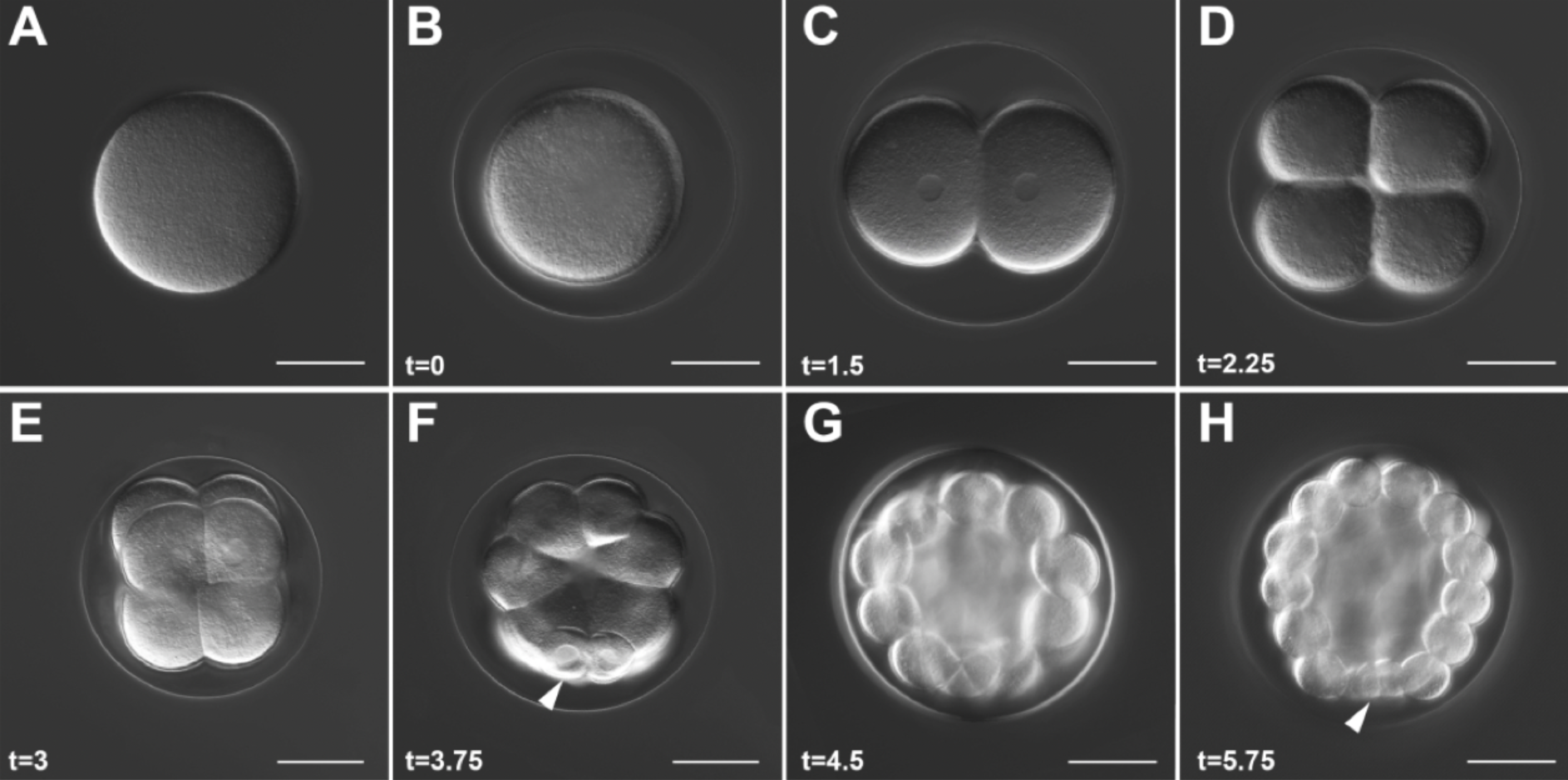Embryo, larval, and juvenile staging of Lytechinus pictus from fertilization through sexual maturation
Katherine T. Nesbit, Amro Hamdoun
Developmental Dynamics
June 21, 2020
Background
Sea urchin embryos have been used for more than a century in the study of fertilization and early development. However, several of the species used, such as Strongylocentrotus purpuratus, have long generation times making them suboptimal for transgenerational studies.
Results
Here, we present an overview of the development of a rapidly developing echinoderm species, Lytechinus pictus, from fertilization through sexual maturation. When grown at room temperature (20°C) embryos complete the first cell cycle in 90 minutes, followed by subsequent cleavages every 45 minutes, leading to hatching at 9 hours postfertilization (hpf). The swimming embryos gastrulate from 12 to 36 hpf and produce the cells which subsequently give rise to the larval skeleton and immunocytes. Larvae begin to feed at 2 days and metamorphose by 3 weeks. Juveniles reach sexual maturity at 4 to 6 months of age, depending on individual growth rate.
Conclusions
This staging scheme lays a foundation for future studies in L. pictus, which share many of the attractive features of other urchins but have the key advantage of rapid development to sexual maturation. This is significant for multigenerational and genetic studies newly enabled by CRISPR-CAS mediated gene editing.

